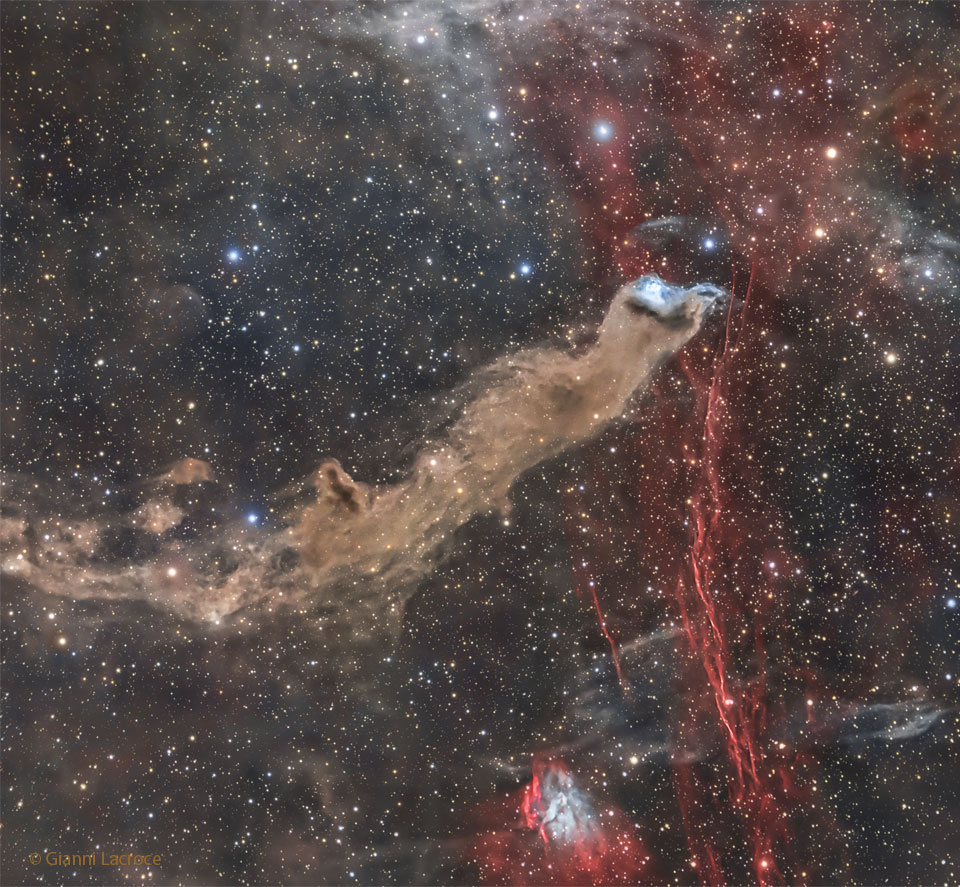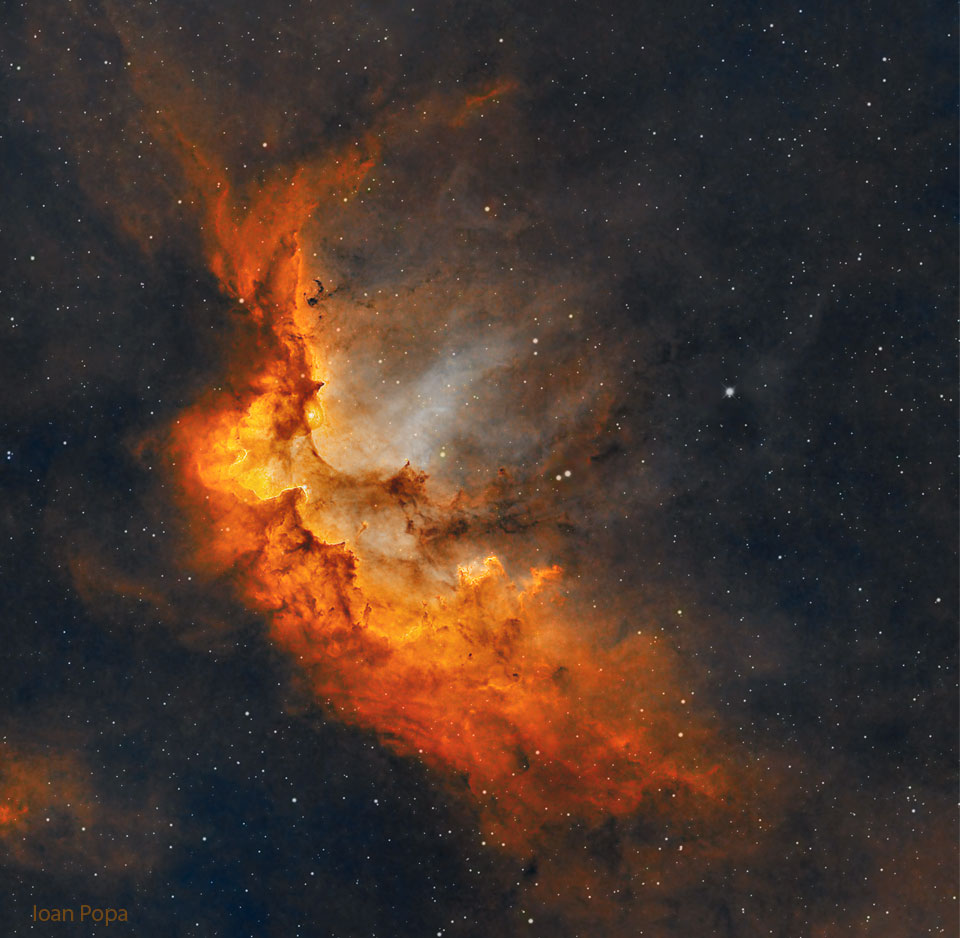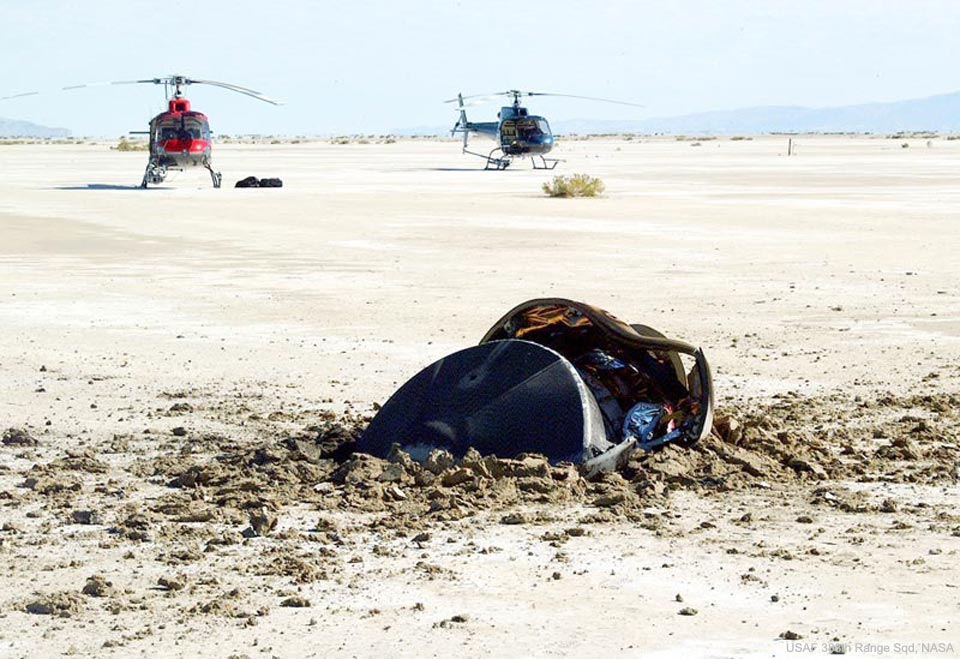안녕하세요, 잡학다식 입니다. 오늘은 과연 나사에서 어떤 방식으로 우주의 형상을 표현해 줄까요?
우선 이미지부터 볼 수 있도록 하겠습니다

해당 사진의 이름은 Wolf's Cave Nebula 인데요 우선 NASA에서 공식적으로 발표한 설명들을 확인해 보겠습니다
The mysterious blue reflection nebula found in catalogs as VdB 152 or Ced 201 really is very faint. It lies at the tip of the long dark nebula Barnard 175 in a dusty complex that has also been called Wolf's Cave. At the center of this deep telescopic view, the cosmic apparitions are nearly 1,400 light-years away along the northern Milky Way in the royal constellation Cepheus. Interstellar dust in the region blocks light from background stars and scatters light from the embedded bright star, giving the end nebula its characteristic blue color. Though stars do form in molecular clouds, this star seems to have only accidentally wandered into the area, as its measured velocity through space is very different from the cloud's velocity. At the image bottom is the planetary nebula Dengel-Hartl 5, while red glowing gas from an ancient supernova remnant is also visible along the image's right side.
이번에도 광활한 우주 앞에 인간이 얼마나 작은 존재인지 다시 한번 알게 되는것 같습니다
저는 내일도 더 좋은 사진과 함께 돌아오겠습니다, 그럼 행목한 하루 되시길 바랍니다
'과학상식' 카테고리의 다른 글
| NASA 나사의 오늘의 이미지들 (2022-11-17) (0) | 2022.11.18 |
|---|---|
| NASA 나사의 오늘의 이미지들 (2022-11-16) (0) | 2022.11.17 |
| NASA 나사의 오늘의 이미지들 (2022-11-14) (0) | 2022.11.15 |
| NASA 나사의 오늘의 이미지들 (2022-11-13) (0) | 2022.11.14 |
| NASA 나사의 오늘의 이미지들 (2022-11-12) (0) | 2022.11.13 |

